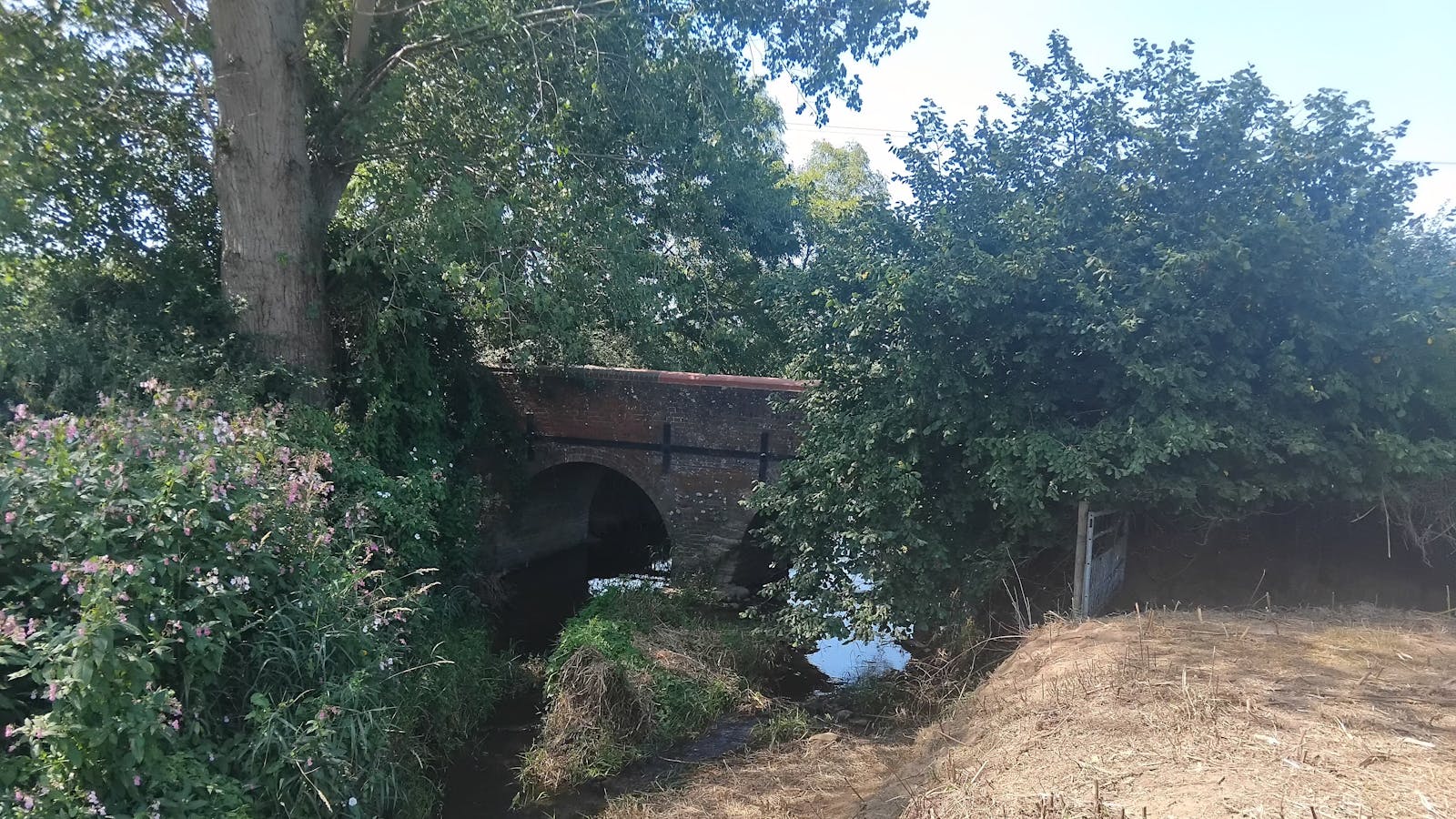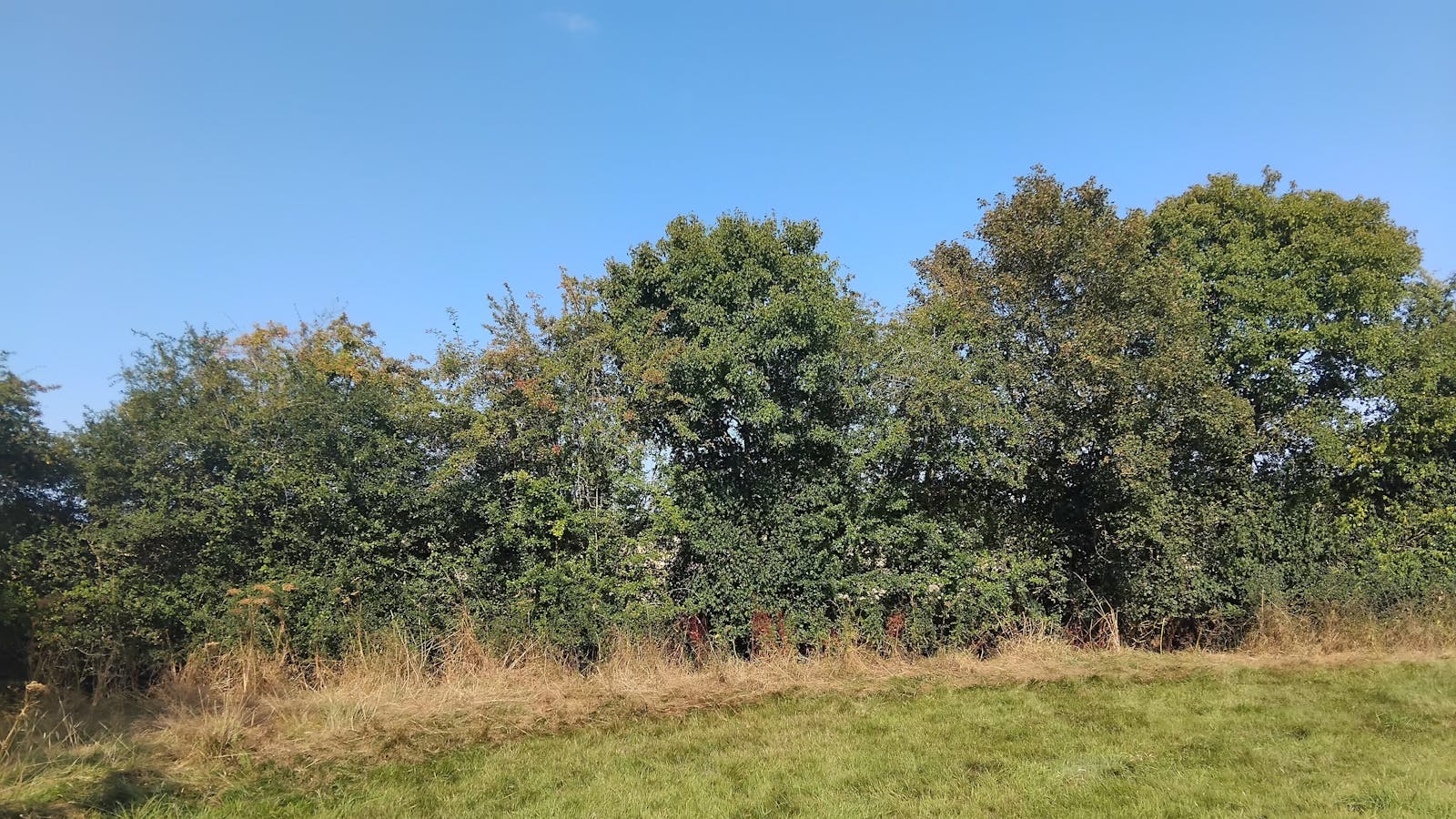
Buckhurst Farm BNG offset site
Local Planning Authority: Ashford; Tunbridge Wells
National Character Area: Low Weald
Biodiversity Opportunity Area: Medway & Low Weald Grassland & Wetland
OS grid ref: TQ 83557 40633
Postcode: TN17 2BE
What3words: ///footballers.reapply.rainy
Habitat units available - Surveyed 2024
A total of 68.34 habitat units and 7.01 hedgerow units are available from the following habitat types:
Grassland
Lowland meadows (Very high distinctiveness) - 62.459 units
Woodland
Other woodland; broadleaved (Medium distinctiveness) - 2.563 units
Ponds and Lakes
Ponds (non-priority habitat) (High distinctiveness) - 1.094 units
Heathland and Shrub
Mixed scrub (Medium distinctiveness) - 2.190 units
Individual trees
Rural tree (Low distinctiveness) - 0.038 units
Hedgerow
Line of trees (Low distinctiveness) - 0.081 units
Species-rich native hedgerow (Medium distinctiveness) - 2.794 units
Species-rich native hedgerow with trees (High distinctiveness) - 4.136 units
Site description
The eastern boundary of the site runs along Hammer Stream, an important wildlife corridor that is part of the Medway & Low Weald Grassland & Wetland Biodiversity Opportunity Area (BOA). The most significant features of the BOA are the courses, tributaries and floodplains of the area, which support species rich meadows or floodplain grassland and ponds, areas of mature ancient woodland, and fen. It contains important refuges for declining river species such as otter, depressed river mussel, white clawed crayfish and river lamprey.
Key targets for the BOA include to create wider river flood plains and riverside corridors, creating new wet woodland habitat, taking action to protect and restore otter populations.
Presently, Buckhurst Farm is a modified grassland, which has fertiliser applied to encourage grass growth, and is grazed right up to the bank of the stream. There is a lot of opportunity to restore this land to improve water quality in the Hamer Stream and provide better habitats for key species to achieve the BOA targets.
The creation of other woodland; broadleaved along the stream, will extend up to 70 m from its banks. The ponds and pools in the other woodland; broadleaved are a haven for many invertebrates including dragonflies and damselflies, many of which provide food for birds such as spotted flycatchers, grey wagtails, and hobbies, as well as for fish, which can further provide food for kingfishers and otters.
Ponds and mixed scrub will be created along the woodland edge, this will aim to encourage amphibians to the site.
On the western drier part of the site, a transition to lowland meadow, will allow a greater diversity of plants and invertebrates to colonise the site. This will also provide important woodland edge habitat which is favoured by many birds and reptiles.
In addition, existing hedgerows will be enhanced to become species-rich, and additional hedgerows will be established to join them up, providing continuous corridors of habitat for wildlife.
Fill out a form at the bottom of this page or email your development's BNG metric to bngenquiries@adonisblue.org.uk for a free BNG consultation.
These units are valid for a maximum of two years, provided site conditions do not significantly change. If more than two years have lapsed between the site survey and habitat works being undertaken, an updated survey will be necessary to ensure recommendations remain valid.

Habitat Transitions


Site Photos












